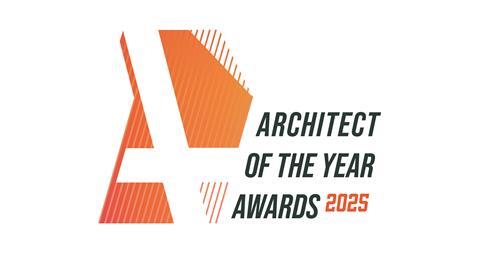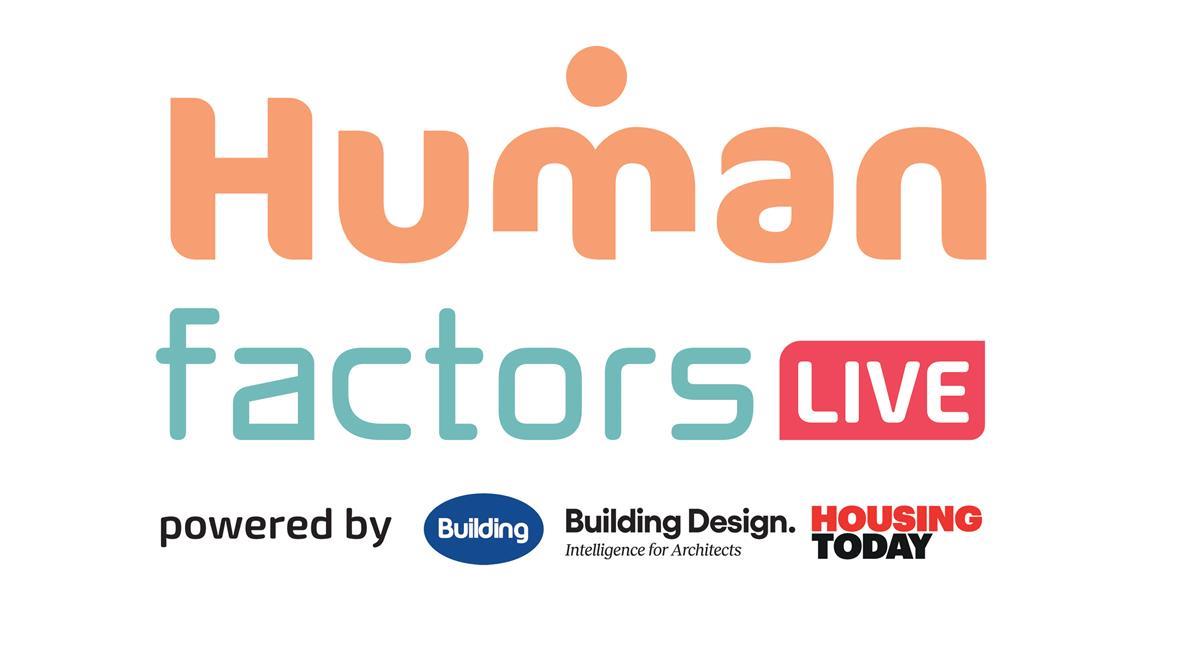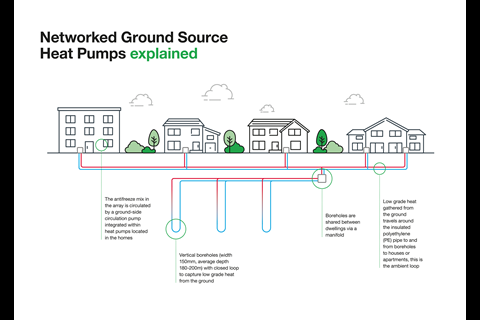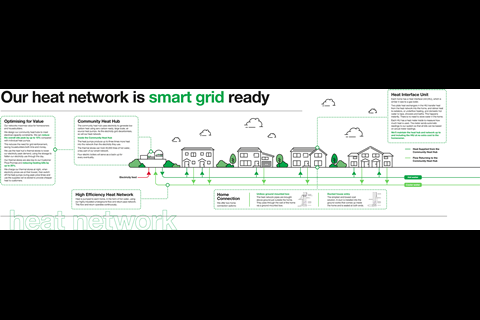As housing delivery adapts to meet the challenges of decarbonisation, Tom Brough explores how heat networks – particularly community heat hubs and networked ground source heat pumps – can offer scalable, design-compatible and compliant low-carbon solutions for new housing developments

The UK’s social housing sector is undergoing a significant transformation as it works to decarbonise its heat and hot water provision. This is about more than just supporting the country’s net-zero 2050 target – energy efficiency is essential to tackling fuel poverty and addressing rising operational costs.
Improving building fabric performance is only part of the equation for meeting these challenges. Replacing legacy heating systems, such as gas boilers, with cleaner, more cost-effective technologies is essential to align with housing design goals for sustainability and affordability.
Decarbonising heat in new homes is critical for delivering resilient, future-proof housing. Housing associations must juggle investment in new technologies with regulatory compliance and the financial constraints faced by both tenants and the organisations themselves.
Collaboration between social landlords, developers and designers is vital. It ensures that new housing meets high environmental standards and remains financially accessible. These partnerships span design, planning and delivery, ensuring that housing is efficient to build, operate and live in.
Heat networks offer a compelling route forward, capable of delivering low-carbon heat and hot water to new developments at scale. These systems are not new, but their application is evolving. While traditionally used in high-density schemes, today’s heat networks are being adapted for lower-rise, suburban environments too.
Community heat hubs are a key part of this transition. These centralised systems use large-scale air source heat pumps and thermal stores to supply hot water through a network of insulated pipes. This approach removes the need for bulky external units on individual homes, offering a cleaner external aesthetic and reducing visual and acoustic impact.
Importantly, community heat hubs:
- Comply with the Future Homes Standard, reducing carbon emissions by 75–80% from day one.
- Address grid capacity constraints, using thermal stores to level peak demand across the site.
- Lower capital and operating costs for developers while cutting bills for residents by up to 20%.
- Will be regulated by OFGEM from 2026, ensuring consumer protection around pricing and service.
Housebuilders, developers and designers must be offered choices to accelerate the rollout of the heat network.
Community heat hubs are one option. Networked ground source heat pumps are another option. These pumps extract naturally occurring, stored thermal energy from the ground to provide consistent, energy-efficient heating.
The solution offers a clean alternative to gas through a ground-source heat pump installed within each property. The pump is connected to a shared network of hidden underground pipes. The small, compact heat pump sits inside the home, saving valuable space and eliminating the need for external equipment.
Networked ground source heat pumps can:
- Bring a complete end-to-end heating, hot water and cooling solution. This inclusion of passive cooling helps Part O Building Regulation compliance.
- Offer up to five times the efficiency of gas and a 30% increased efficiency than an equivalent individual air source heat pump.
Another scalable model is the networked ground source heat pump, which harnesses stable subterranean temperatures to provide consistent and efficient heating. Each home contains a compact internal pump connected to a shared loop of underground pipes – eliminating the need for external plant and freeing up facade or garden space.
For architects and developers, heat networks present a chance to integrate sustainable technologies directly into the masterplanning and design process – supporting placemaking and performance goals. By shifting the heating burden from individual homes to site-wide systems, designers can reclaim space, simplify services coordination and enhance the long-term sustainability of developments.
These networks also integrate seamlessly with smart controls – allowing residents to monitor and manage their energy use, supporting behavioural change alongside technical efficiency.
Crucially, these systems are delivered and maintained by regulated utility infrastructure partners, who take full responsibility for operation and upkeep. This model offers clarity and simplicity for landlords while de-risking long-term asset management.
By delivering shared, community-scale heating solutions, heat networks not only meet emerging regulations but also represent a progressive design strategy for decarbonised living. As pressure mounts to reduce emissions and enhance building performance, such systems are becoming a vital component of future housing developments.
Postscript
Tom Brough is sales and marketing director at GTC


















No comments yet